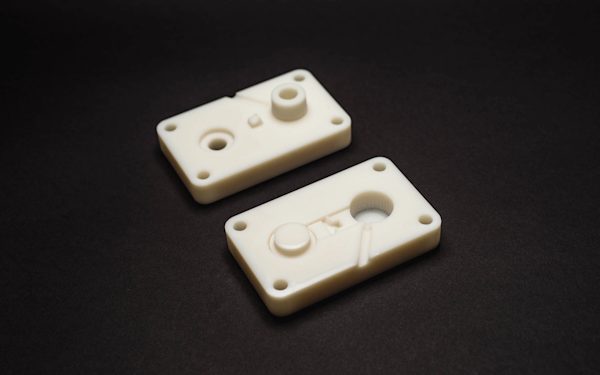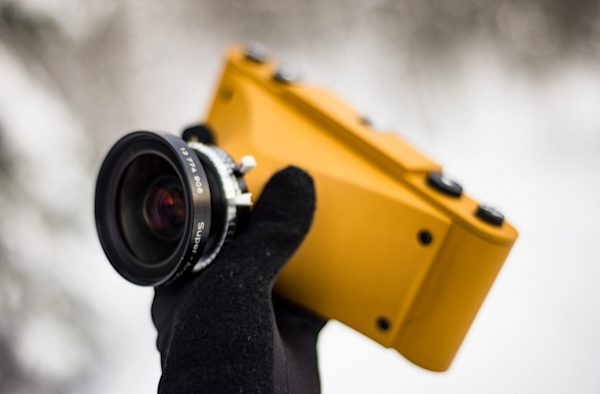When you think of your favorite movie of all time, chances are you’re also probably thinking of the world within that movie — a faraway land (or galaxy) that the filmmakers have remarkably made believable for a two-hour or so span of time. But to make that world truly believable, there’s a skill factor at play here that is often so convincing, most people don’t even catch them: the wonderfully awesome art of believable movie props.
 Source: Star Wars
Source: Star Wars
More recently, California-based Vitaly Bulgarov — a concept designer whose resume includes working with movie studios ranging from Paramount and Skydance to Dreamworks and Industrial Light & Magic — turned to 3D printing.
Working alongside Los Angeles-based 3D Hub Bulgarov watched his Ultraborg Stiffneck concept go from a simple drawing to a fully realized high-detail physical object:


3D renders of the final design
To create the high-detail print, the Factor31 team didn’t just turn to your average desktop 3D printer; to ensure that all of the details would be preserved in a high-quality finished product the team turned to PolyJet 3D printing technology and it's Rigid Opaque material. Similar to traditional inkjet printing, PolyJet 3D printers jet layers of curable liquid photopolymer onto a build tray to create physical objects with a wide range of materials.
“Our decision to go with PolyJet was a highly-researched decision,” says Factor31 co-founder Peter Hamilton. “Two of the largest driving factors were resolution and speed. Thanks to the PolyJet printer, our turnaround times for projects like Vitaly’s are incredibly fast, and yet we can still retain an incredible amount of accuracy and detail in our final product.
 Cleaning and sanding the surface to get the perfect finish. While this isn’t necessary for all 3D prints, this design in particular needed to be perfect.
Cleaning and sanding the surface to get the perfect finish. While this isn’t necessary for all 3D prints, this design in particular needed to be perfect.
 To cut down on costs, parts were split in half so they could be printed hollow, then be reassembled using epoxy. Once the assemblies were clean and dry, they were coated with several coats of primer.
To cut down on costs, parts were split in half so they could be printed hollow, then be reassembled using epoxy. Once the assemblies were clean and dry, they were coated with several coats of primer.
To achieve the final look of their 3D printed cyborg project, the team at Factor31 added between 4 and 8 coats of a special epoxy paint developed for using with firearms. Additionally, several small detail parts were given a chrome effect using glossy black paint and graphite powder.
 A part ready for post processing
A part ready for post processing
Needless to say, the result is absolutely stunning and goes to show how quickly a concept design can go from a computer sketch to a usable physical object in a film or even for a cosplay costume.

The finished piece
Ready to get your hands dirty and start building your own photo-realistic props? Learn more about PolyJet 3D printing with our introductory guide on our Knowledge Base.








